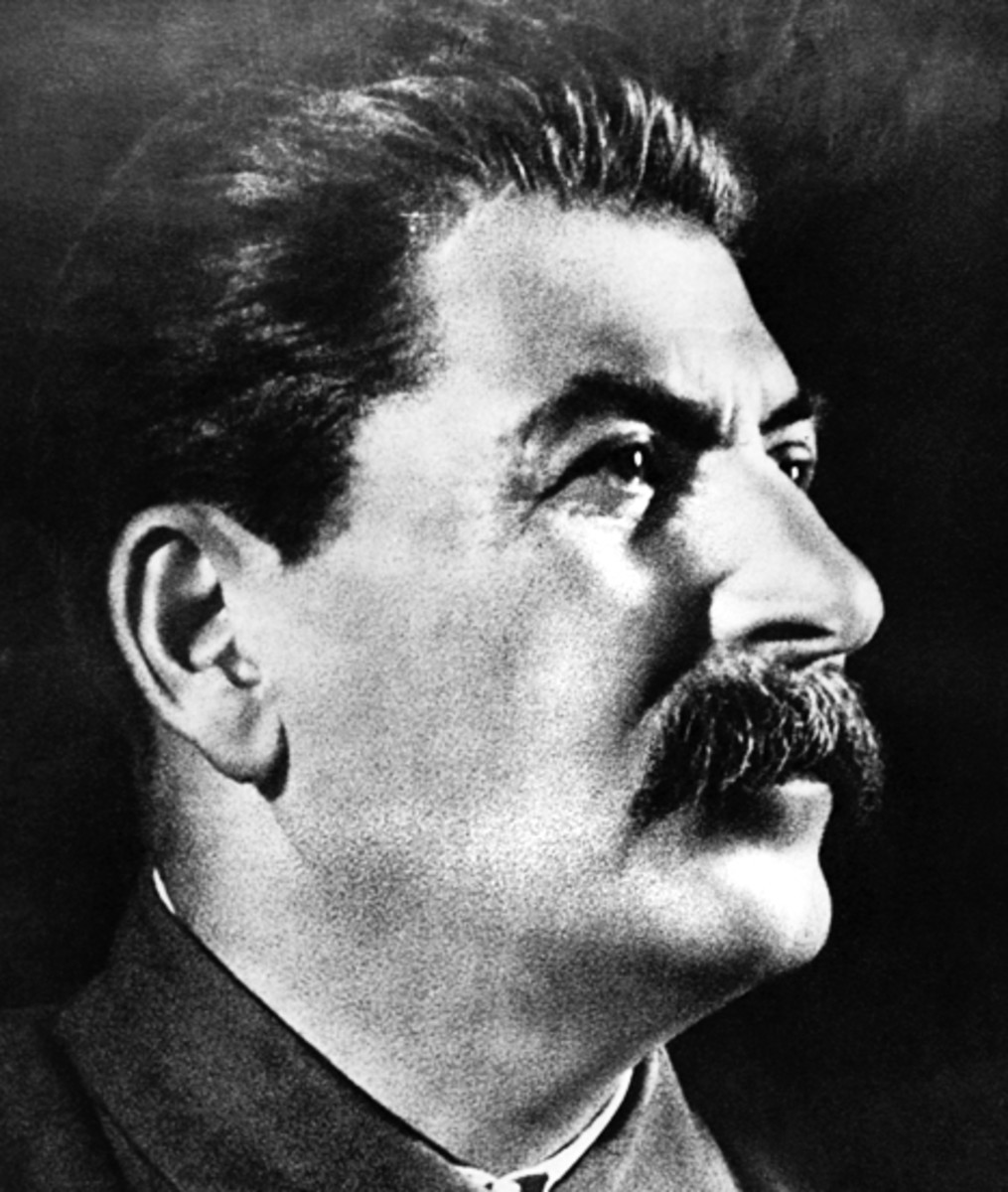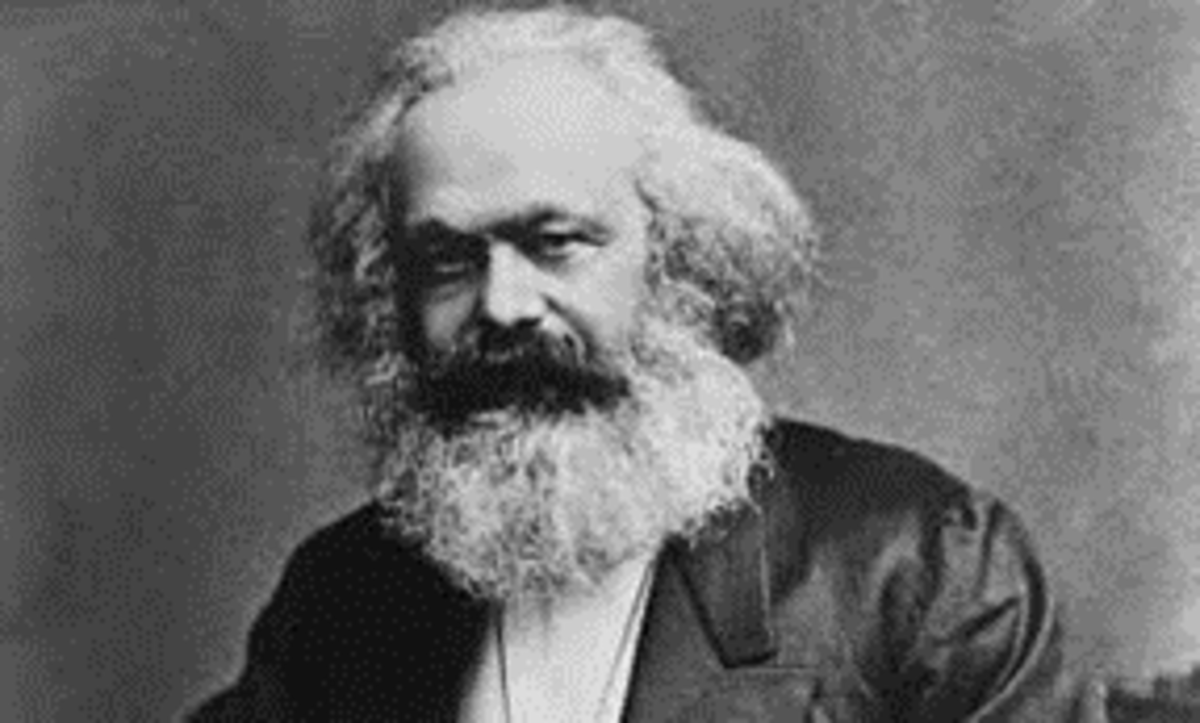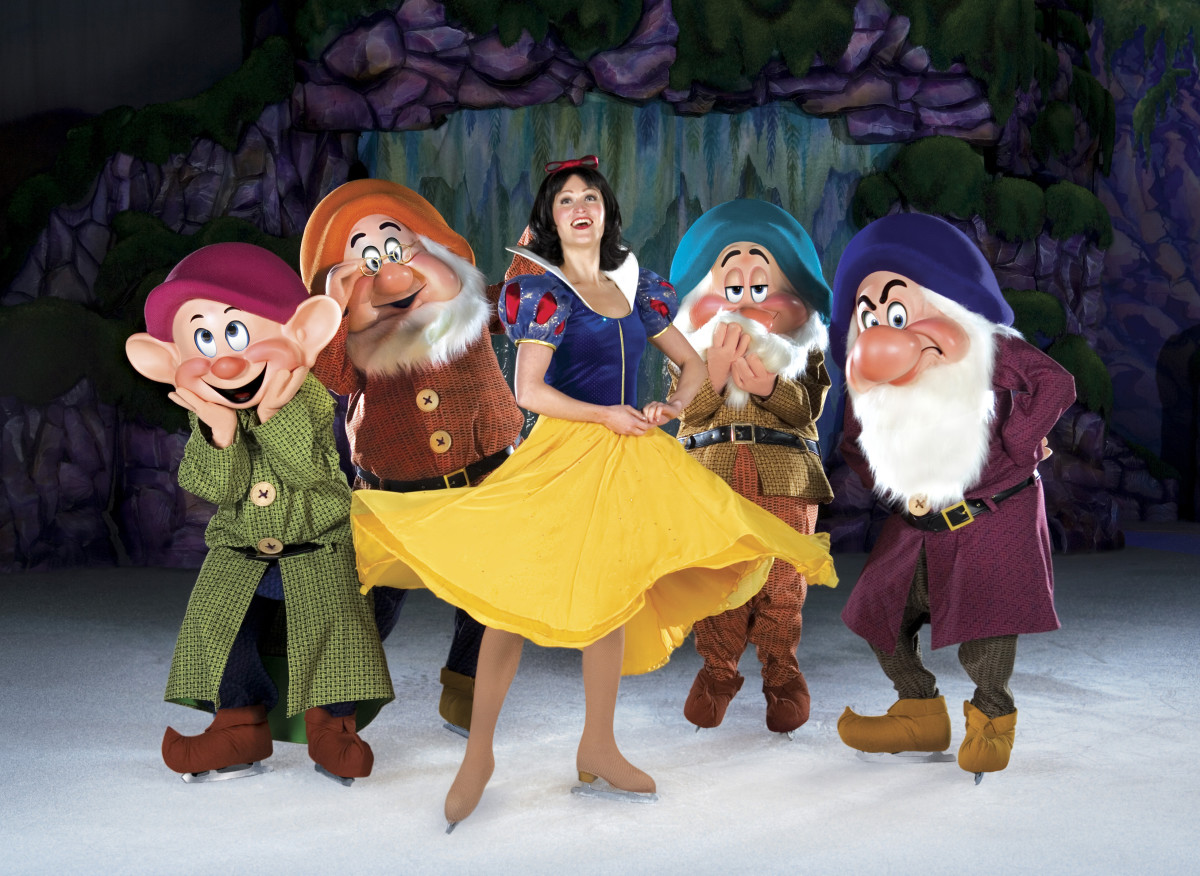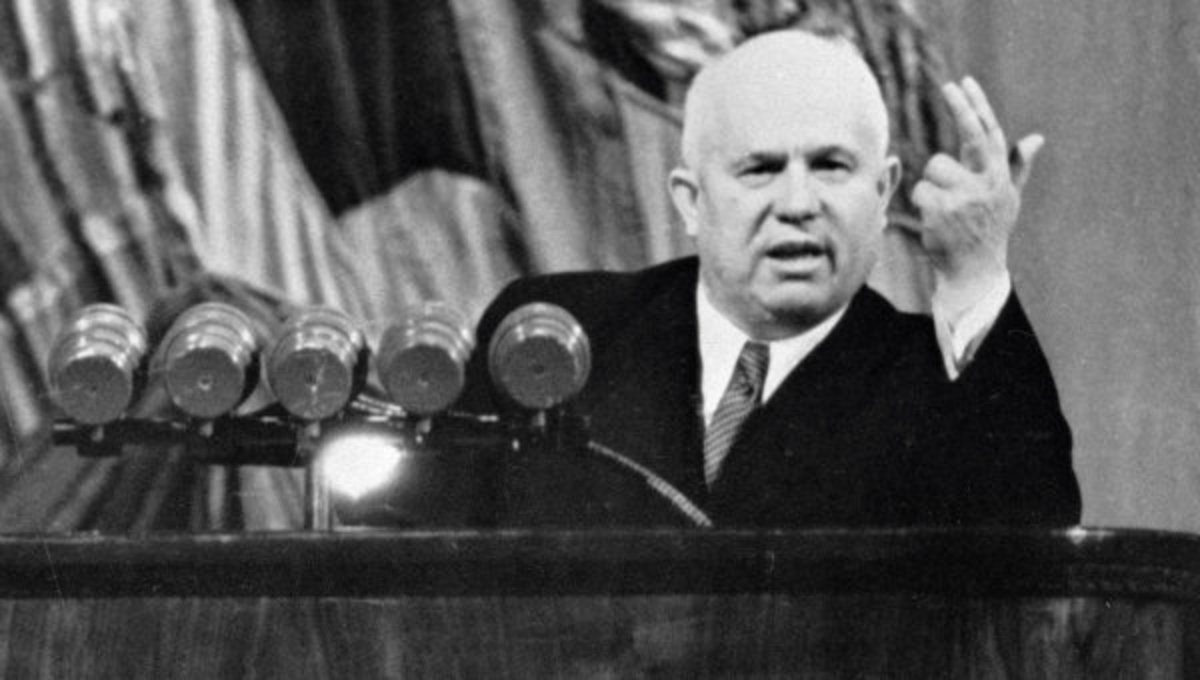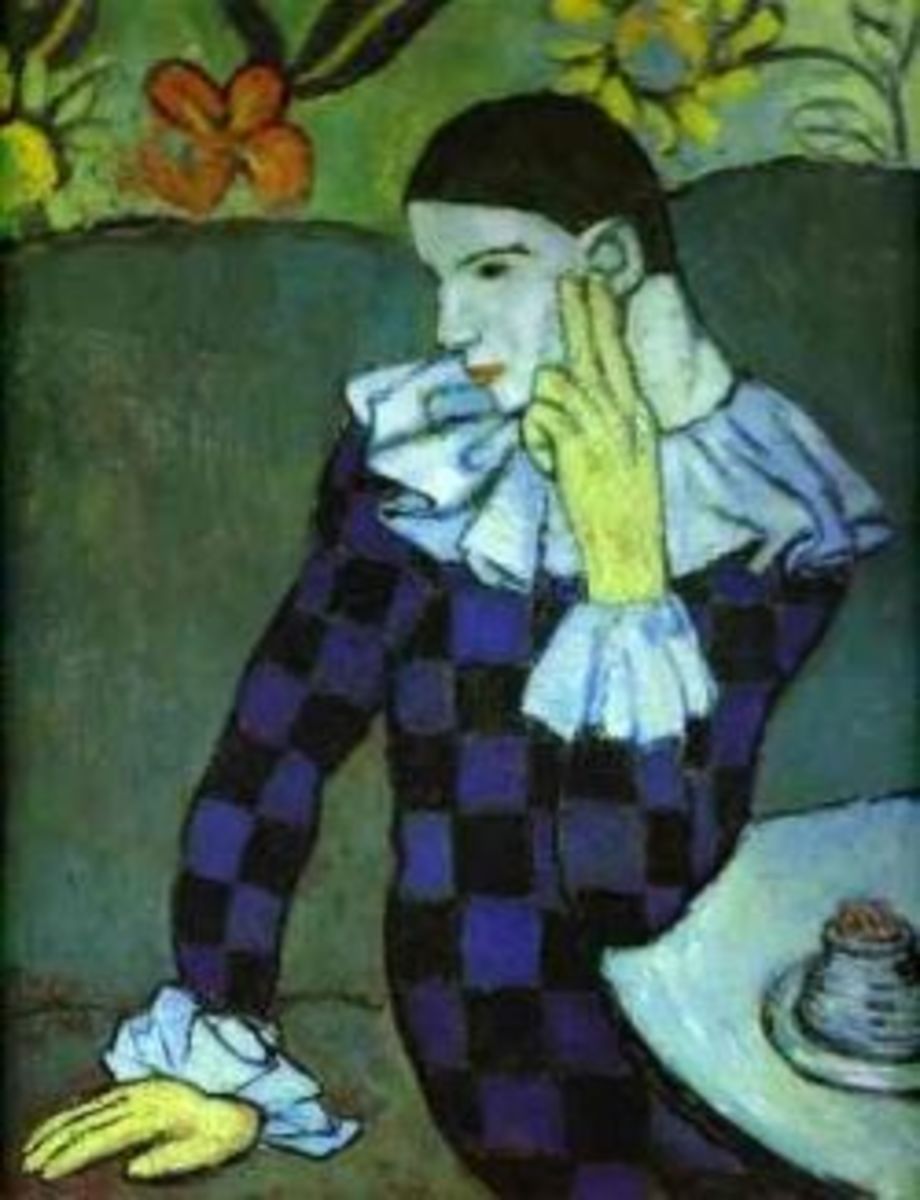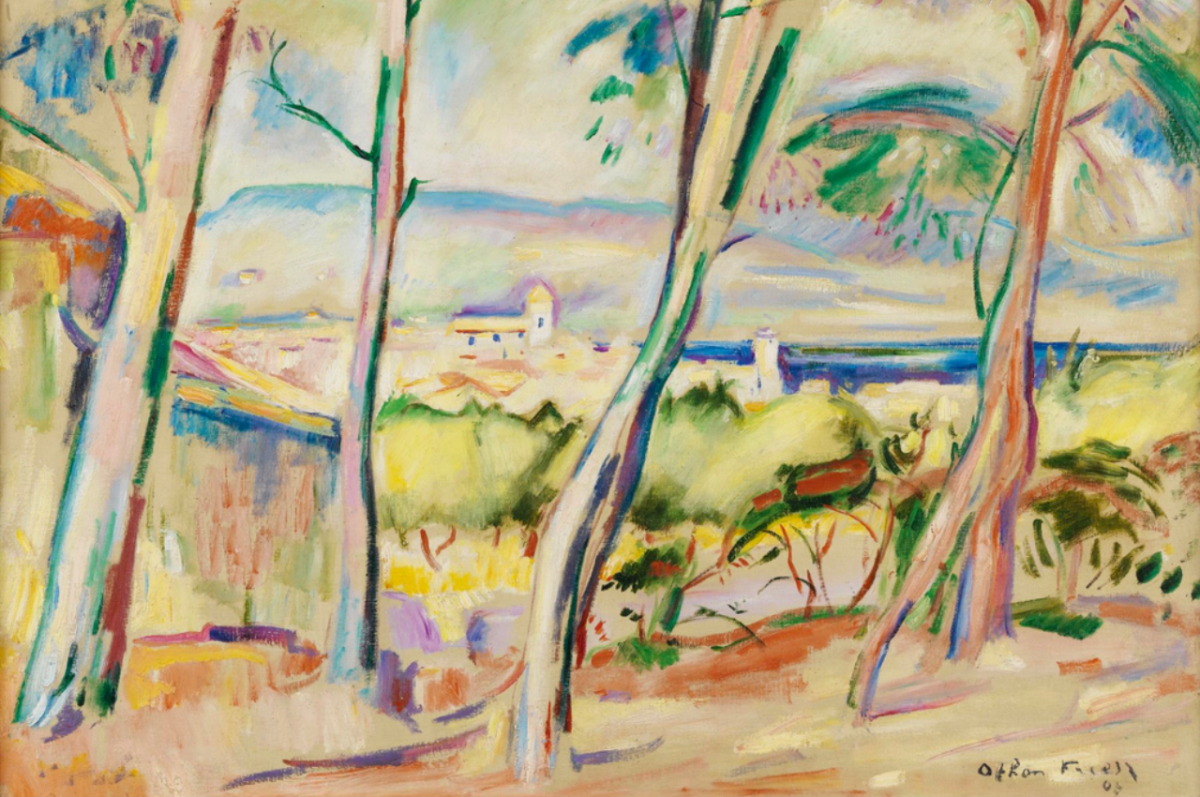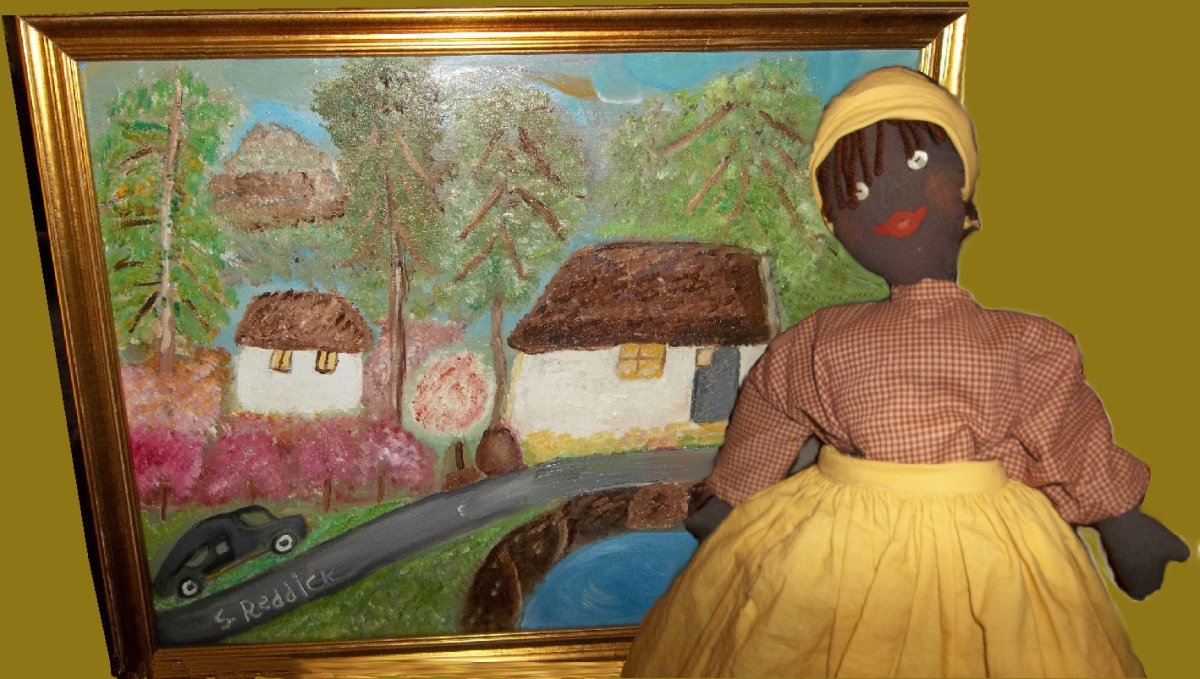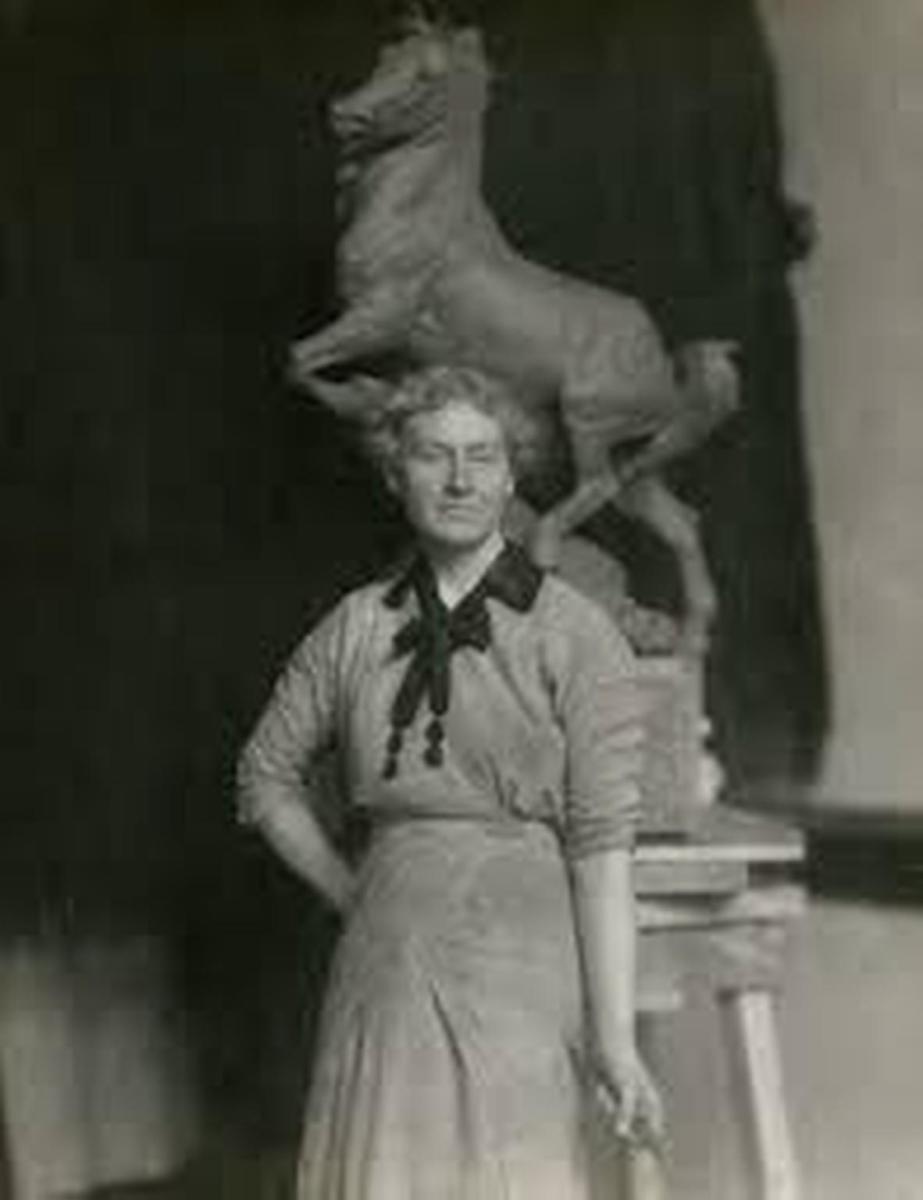Understanding Picasso’s Communist Party Affiliation
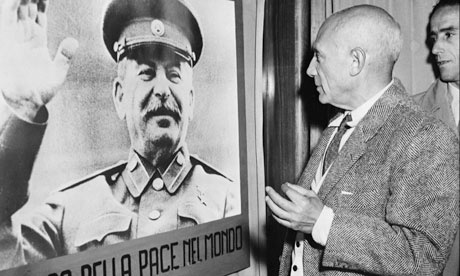
Picasso and Communism
Pablo Picasso is a man of many talents, known as one of the greatest artists of the 20th century. From paintings to linocuts to lithographs to ceramics to glassworks to tapestries to stage design, his oeuvre is impressive and his life an open book. Whether it be his passionate love affairs, lavish spending, or peculiar creation process, Picasso is always a fascinating man to study. One area in particular that often gets overlooked is his commitment to communism. A topic many in the art world overlook as they feel it casts a negative shadow over the artist and his creations. However it is a topic that is important to address because Picasso was actively involved and devoted to the communist cause, and it had an important impact on his work.
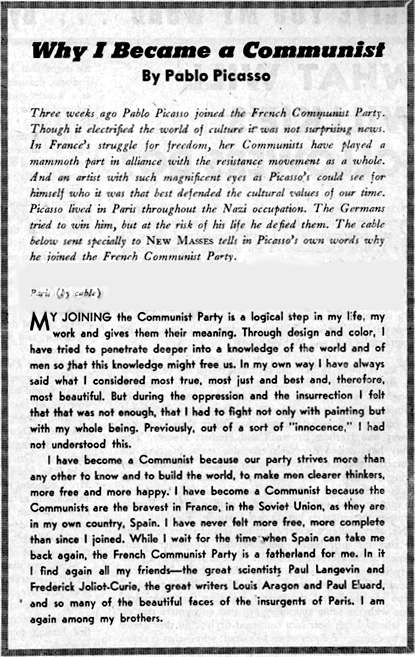
Picasso's Communist Beginnings
A political activist and campaigner throughout his life, Picasso was a member of the communist party until his death in 1973. His communist convictions were first brought into fruition while living under Nazi occupation in exile in Paris. It was during this time, right at the end of the Second World War, that he announced he had joined the French Communist Party. This stunned the world, as he was one of the most internationally recognized and successful artists of the time, and it was met with mixed responses from both sides.
Initially seen as a fad of the leftist circles he frequented, Picasso displayed his commitment to communism by describing his membership as “the logical conclusion of my whole life, of my whole work” in an interview with the author Pol Gaillard. To further clarify his decision, he even went on to write an article titled Why I became a communist that was published in the 1945 The New Masses where he states:
“My joining the Communist Party is a logical step in my life, my work and gives them their meaning. Through design and color, I have tried to penetrate deeper into a knowledge of the world and of men so that this knowledge might free us. In my own way I have always said what I considered most true, most just and best and, therefore, most beautiful. But during the oppression and the insurrection I felt that that was not enough, that I had to fight not only with painting but with my whole being. Previously, out of a sort of "innocence", I had not understood this.
I have become a Communist because our party strives more than any other to know and to build the world, to make men cleaner thinkers, more free and more happy. I have become a Communist because the Communists are the bravest in France, in the Soviet Union, as they are in my own country, Spain. I have never felt more free, more complete than since I joined. While I wait for the time when Spain can take me back again, the French Communist Party is a fatherland for me. In it I find again all my friends—the great scientists Paul Langevin and Frederic Joliot-Curie, the great writers Louis Aragon and Paul Eluard, and so many of the beautiful faces of the insurgents of Paris. I am again among my brothers."
Although it may be difficult to understand in his words, there are many reasons why Picasso chose the communist party. Picasso’s long exile from his native Spain in opposition to the regime of General Franco coupled with the brutal experiences of life during the Nazi occupation of Paris, meant he saw communism and the ideal of peace as the key to a world free of fascism. It also meant he held a particular endearment towards the communist Soviet Union who had opposed Franco as well and freed France from Nazi occupation. In addition, the party’s embrace of the Social Realist School and official opposition to the Modern movement (of which Picasso despised) were also key elements of the allure. As Picasso noted in the New Masses article, “I have never felt more free, more complete!...In it I find again all my friends...I am among my brothers.” Simply understood, Picasso believed he found an acceptance and place where he could belong and contribute to the peace that he wanted to see happen in the world.
Picasso's Role in the Communist Party
Finding his role within the communist party, Picasso became more active in politics both physically and with his art. Physically, he joined protests against the Korean War and the execution of Nikos Beloyannis, the Greek communist and resistance leader. He traveled more extensively, addressing audiences for the time while giving donations to causes including a one million Franc gift to striking French coal miners. With his art, he addressed the crises of those days – the Spanish Civil War, the Cuban Missile Crisis, the Korean War, and the Algerian War of Independence. He also used his art for the communist backed International Peace Movement for which he created his famous work Dove (1949), as well as for other propaganda purposes. Picasso’s propaganda motifs in particular were extremely valuable for the party due to his popularity and so he designed numerous posters and pamphlets and conceived drawings for party-affiliated newspapers.
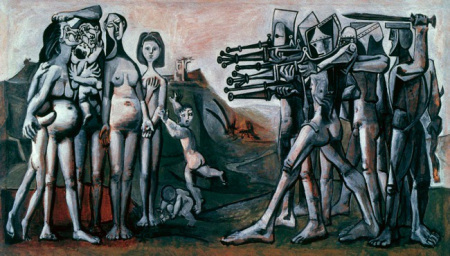
Picasso's Contention with the Communist Party
Picasso, though satisfied with his contributions to the party, faced severe backlash for his increased public support for the communist cause. Protests by right-wing groups were held at exhibitions and he was barred entry to the United States. The communist party itself though ecstatic with such a high-status member, highly criticized his art for being “decadent bourgeois art” as it did not meet the socialist realism standards of the time that the party portrayed. They strove hard to separate the man from his art and interestingly enough Picasso actually tried at times to alter his art to meet the party’s critique; with one example being Massacre in Korea, (1951) which essentially denounces the US.
This is Picasso’s only point of contention with the communist party as he sought the party’s approval and acceptance, but could not quite bring himself to sacrifice his artistic freedom of expression. Even having said to the committee, “What do you think an artist is?… he is at the same time a political being constantly alert to the horrifying, passionate or pleasing events in the world, shaping himself completely in their image.” Always aware, Picasso knew the party’s negative feelings towards his “bourgeois art” and was resentful, but he was not going to change.
The Importance of Picasso's Involvement with the Communist Party
Picasso was above all a man of conviction, and did not falter from his identity. He was committed to the ideology of communism and the role with which he played. A political conviction that is difficult to come by these days and a conviction that earned him a Stalin Peace Prize and a World Peace Prize. Therefore his role in the communist party is nothing shameful as he embraced it and it held a very profound meaning for him. It is simply another form of his self-expression and a part of his life that needs to be kept in the light. As it is though such information that we are better able to understand his art and him as a person, since one does not exist without the other.
Note: The art world is addressing the topic slowly with the book Picasso: The Communist Years by Gertje Utley and the Tate Liverpool 2011 exhibition Picasso: Peace and Freedom.

